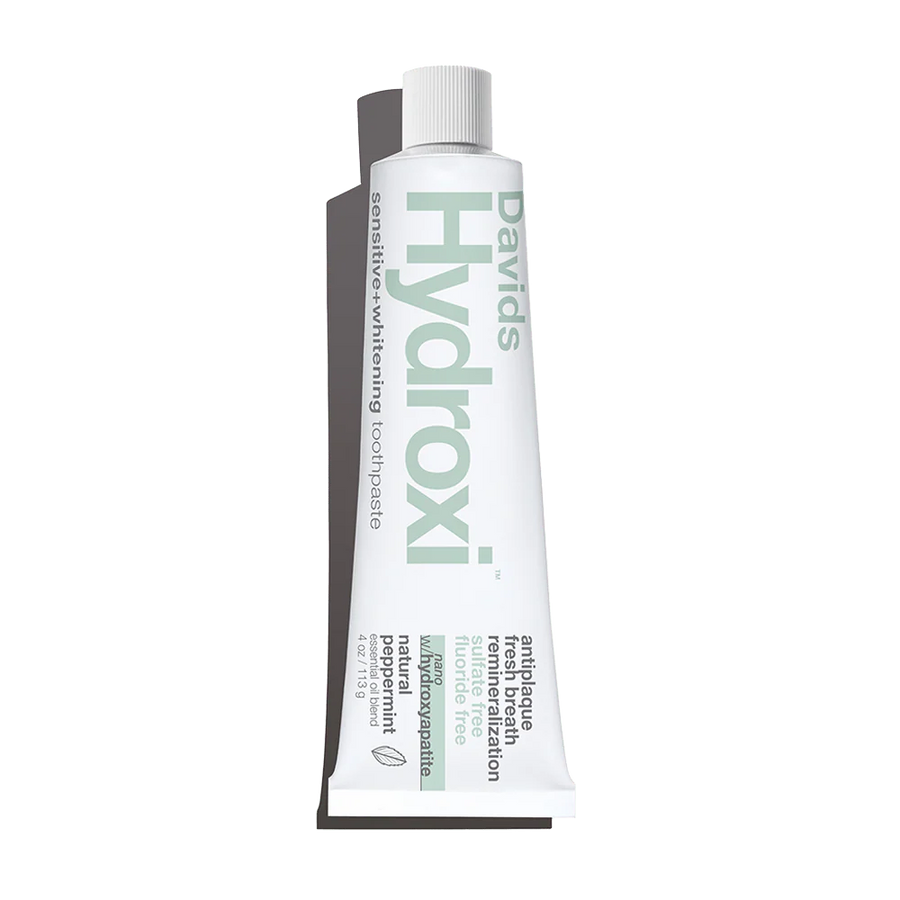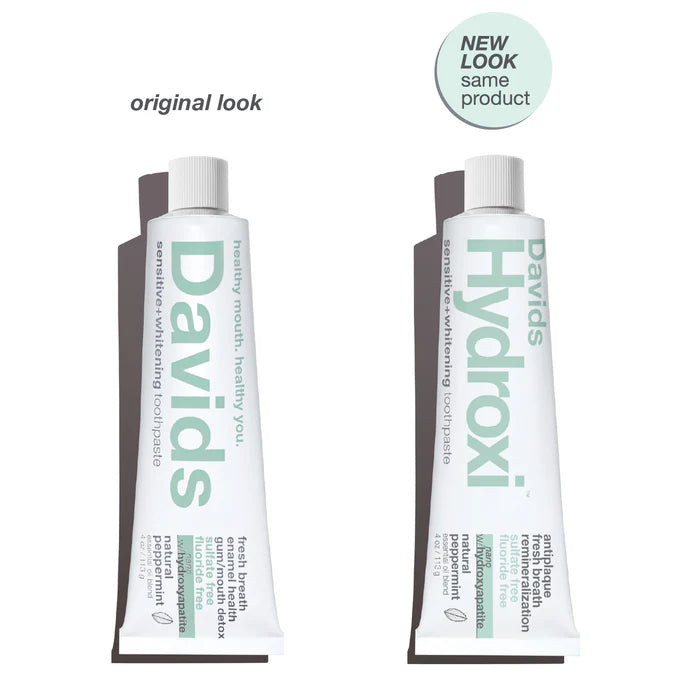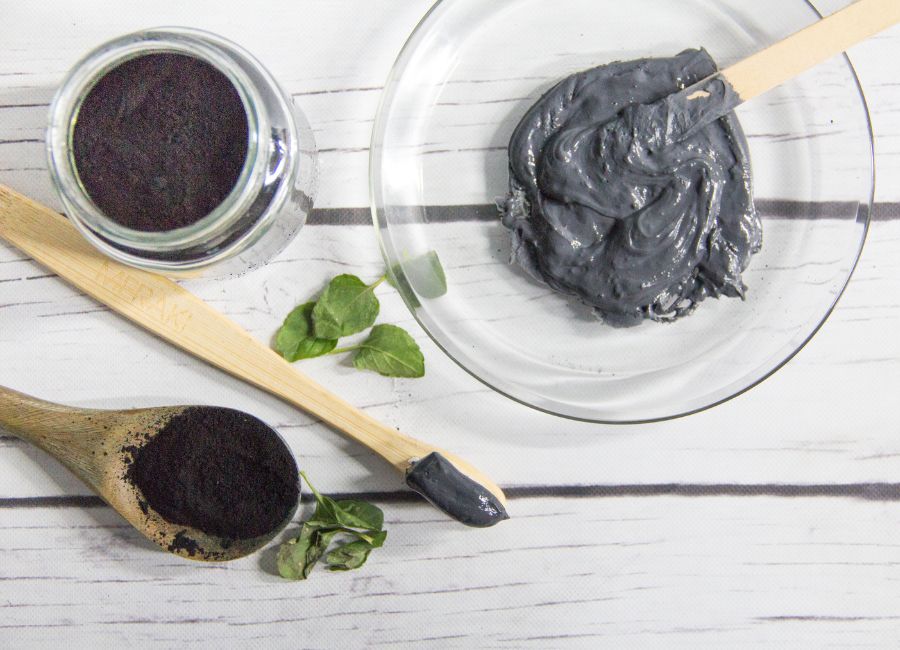The History of Toothpaste: A Journey Through Time and Smiles

Toothpaste, a ubiquitous staple in modern bathrooms and oral care regimens, has a history as rich and varied as the cultures that contributed to its development. From its primitive beginnings in ancient civilisations to the scientifically advanced formulations of today, toothpaste has been an ever-evolving tool in humanity's quest for dental health and hygiene.
Ancient Beginnings
The earliest known use of toothpaste dates back to ancient Egypt around 5000 BC, even before the invention of toothbrushes. The Egyptians concocted mixtures of ground ox hooves, myrrh, pumice, and burned eggshells to clean their teeth. Meanwhile, the Greeks and Romans later improved upon these formulations by adding abrasives like crushed bones and oyster shells.
Ayurvedic Influence and Chinese Contributions
In India, the Ayurvedic medicinal system influenced the creation of tooth-cleaning concoctions using a variety of herbs and spices, like ginger, salt, and pepper. At around the same time, the Chinese were adding unique elements like ginseng, herbal mints, and even salt into their mixtures, some of which found their way back to the Western world through the Silk Road.
The Middle Ages: A Time of Regression
Ironically, dental care took a step backward in Medieval Europe. A combination of superstition, lack of accurate scientific knowledge, and religious dogma made oral hygiene a low priority. Many of the toothpaste recipes from this time included sugar, which is now known to be harmful to dental health.
The Dawn of Modern Toothpaste
The 19th century saw significant strides in oral care, with toothpaste production beginning to resemble the kinds we see today. Early versions consisted of soap and chalk or charcoal. However, in 1824, a dentist named Peabody became the first to add soap to toothpaste, providing the paste with better cleansing properties. Later, John Harris added chalk to the formula in the 1850s, which served as an abrasive.
Colgate and the Commercial Era
One of the most significant milestones in the history of toothpaste came in 1873 when Colgate released the first mass-produced toothpaste, which was sold in a jar. Fast forward to 1892, and Dr. Washington Sheffield of Connecticut (US) produced toothpaste in a collapsible tube, much like the ones we use today.
The Introduction of Fluoride
The major advancement in modern toothpaste came in the 20th century with the incorporation of fluoride. This compound significantly reduced dental cavities when added to toothpaste. The first fluoride toothpaste, "Crest" by Procter & Gamble, received the American Dental Association's approval in 1960, cementing fluoride's role in oral health globally.
Specialised Formulas and Ethical Considerations
The late 20th and early 21st centuries have seen a proliferation of specialised toothpaste varieties catering to diverse needs and preferences.
From whitening and tartar control to formulations for sensitive teeth, toothpaste has evolved into a targeted treatment for various oral health conditions. Additionally, with growing awareness of ethical consumerism, there has been a surge in vegan, cruelty-free, and eco-friendly toothpaste options.
The Future: Beyond Cleaning
Today's toothpaste isn't just about cleaning teeth but also focusing on overall oral health, including gums and enamel. Researchers are looking into ways toothpaste can contribute to whole-mouth health, including combating oral cancer or even releasing medication for various conditions over extended periods.
Toothpaste has undergone a remarkable transformation from its rudimentary formulations in ancient Egypt to the specialised, scientifically-backed products we see today. It is a testament to humanity's enduring quest for health and well-being, reflecting societal, cultural, and technological changes through the millennia.
As we continue to advance in the fields of science and medicine, there's no telling how toothpaste will evolve, but its core purpose will undoubtedly remain the same: to keep our smiles healthy and bright.









